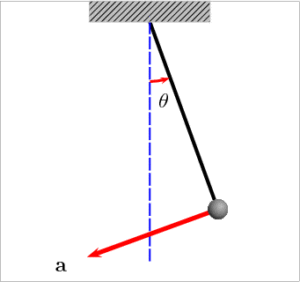In order to create easy speed, the release of the clubhead via the hands and forearms must be performed extremely efficiently.
But there is much more at play than just activating the muscles of the wrists. A good handle path will create forces that speed up the clubhead and slingshot the head of the club around the handle.
When done correctly, the additional clubhead speed really goes up through the roof relative to what I see the average golfer do.
Consider the following illustration:

It is easy to see that the distances between each clubhead are getting bigger, i.e. the clubhead is accelerating to a higher speed. But if you look closely, you will see that the distances between the handles are getting smaller as the club approaches the ball.
The handle of the club is going upwards and slowing its progress around the body. This is what is called a parametric acceleration created by the efficiency of the handle path.

Here is a simple pendulum. Try to picture what would happen if the top of the pendulum is suddenly pulled upwards as the ball end swings down towards the center. It will create extra acceleration. Now if the top end was pulled upwards AND in the opposite direction to the swinging ball? That’s “accelerating the hons mon!”
Mike Austin was a master of this – one of the reasons why he could swing at 150 mph with a 43″ driver. But he never was able to explain it succinctly in my opinion. In his videos he actually shows the hand action almost secretly, but does not go into it in enough detail.
And Mike always harped on the importance of the hands in the golf swing – which he often described as ‘supple quickness’ not ‘rigid slowness’. And to be sure in a good swing that develops a ton of speed, the wrists and forearms are unbelievably loose and supple.
But there is more to it.
In the member’s section, there are HD videos where I take you through how to build parametric acceleration into your swing. It’s a complicated sounding phrase but fairly simple to understand with the right visuals.
